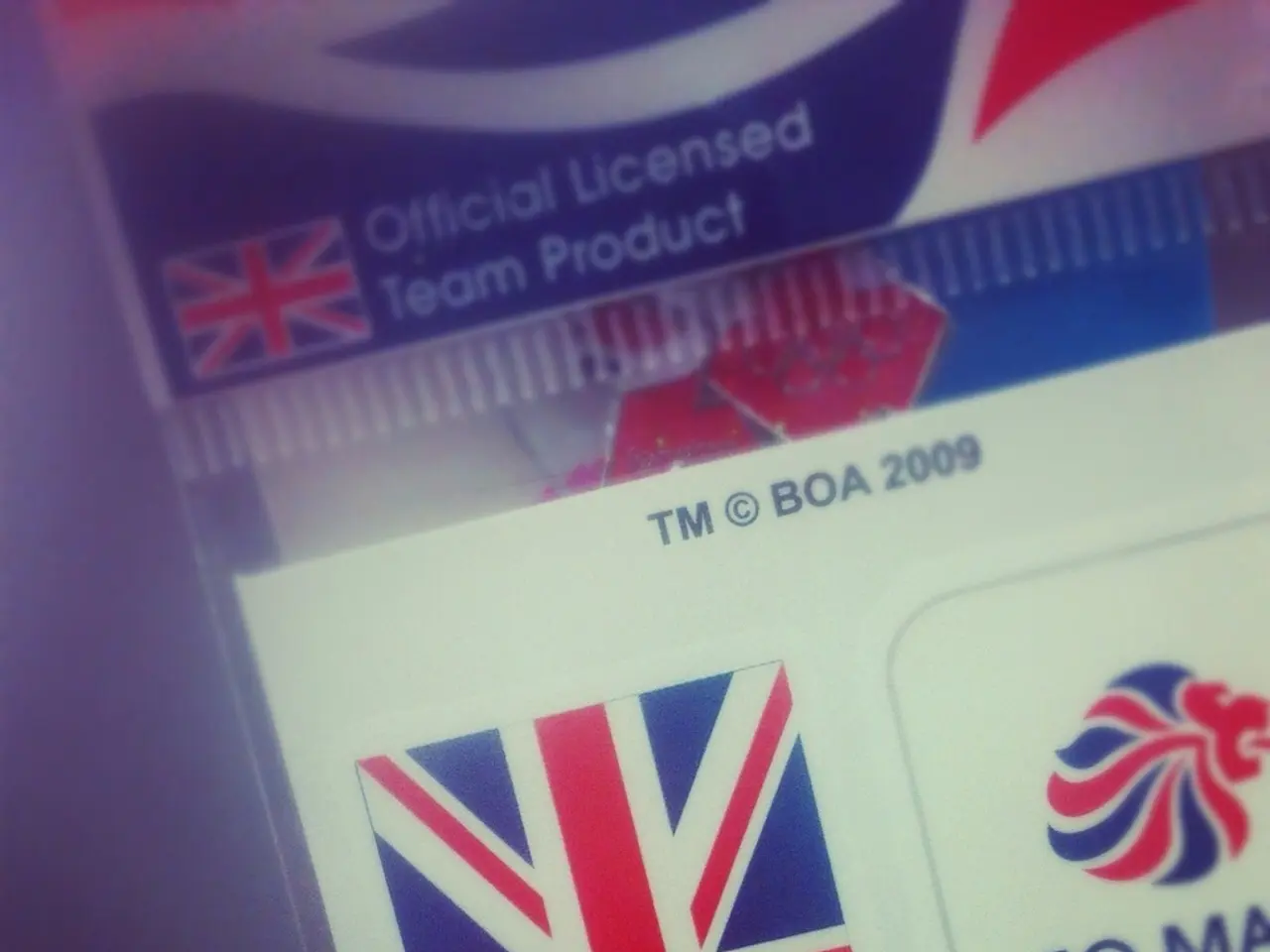Lifecycle of Software Testing (STL for short)
The Software Testing Life Cycle (STLC) is a vital process used to verify if the software quality meets expectations, serving as a crucial part of the Software Development Life Cycle (SDLC). The STLC consists of six major phases, each with specific activities aimed at ensuring the software meets quality standards.
- Requirement Analysis In this phase, the quality assurance team reviews and understands the software requirements. They identify testable requirements with stakeholders, detect ambiguities, missing, or inconsistent requirements, and create the Requirement Traceability Matrix (RTM) to map requirements to test cases. Collaboration among product owners, developers, and testers is essential to clarify needs.
- Test Planning The second phase of STLC is Test Planning, where testing plans are defined. Test objectives, scope, and strategy are determined, along with resources, costs, tools, timelines, and testing types (e.g., manual vs. automated). The test plan document specifying test scenarios, cases, and deliverables is developed, and alignment with stakeholders on the testing approach and milestones is crucial.
- Test Case Design and Development The third phase of STLC is Test Case Design and Development, where the testing team writes detailed test cases based on requirements, prepares test data needed for executing tests, reviews and finalizes test cases for completeness and accuracy, and develops automation scripts if applicable.
- Test Environment Setup The fourth phase, Test Environment Setup, involves preparing the hardware and software environment for testing. Servers, databases, networks, and testing tools are configured, ensuring the environment matches production or comes close for realistic testing. The environment readiness is validated before test execution.
- Test Execution The fifth phase, Test Execution, is where the test team executes prepared test cases against the software to identify defects or issues. Test cases are executed as per the test plan, defects are logged for any deviations from expected results, and retesting and regression testing are performed after fixes. Testing progress is tracked, and test results are reported.
- Test Cycle Closure The final phase of STLC is Test Cycle Closure, where all testing-related activities are completed and documented. The testing outcomes, coverage, and defect metrics are evaluated, final test summary reports are prepared and shared, lessons learned and process improvements are communicated, and stakeholder sign-off is obtained to formally close the testing cycle.
Each phase has defined entry and exit criteria to ensure readiness and completeness before moving on, providing a controlled and measurable testing process. The Test Closure stage ensures that all testing-related activities have been completed, the software is ready for release, and relevant information is shared and lessons learned are captured.
The Test Environment Setup is an independent activity in the STLC, where the testing environment is decided and set up, either by the developer or the customer. The test environment in the STLC decides the conditions on which the software is tested, and it can be started along with test case development.
The Test Execution phase is the stage where the test team executes prepared test cases against the software to identify defects or issues. During this phase, activities such as test execution, defect logging, test data preparation, test environment setup, test result analysis, defect retesting, and test reporting take place.
The STLC is a detailed process that includes these six major phases: Requirement Analysis, Test Planning, Test Case Development, Test Environment Setup, Test Execution, and Test Closure. Employing the STLC helps ensure that the final product meets the specified requirements and user expectations.
In the context of data-and-cloud-computing, trie data structures could prove beneficial during the Requirement Analysis phase of the Software Testing Life Cycle (STLC), as they enable efficient handling of large sets of data and understand relationships among requirements, making the review process more streamlined.
Furthermore, during the Test Execution phase, matrix-based test strategies might be utilized to enhance the effectiveness of tests. By comparing results across multiple test scenarios, potential complex issues and edge cases can be identified more efficiently, thereby improving the overall quality of the software. The integration of matrix-based testing and trie data structures in the STLC's technology can significantly reinforce the software's performance.




